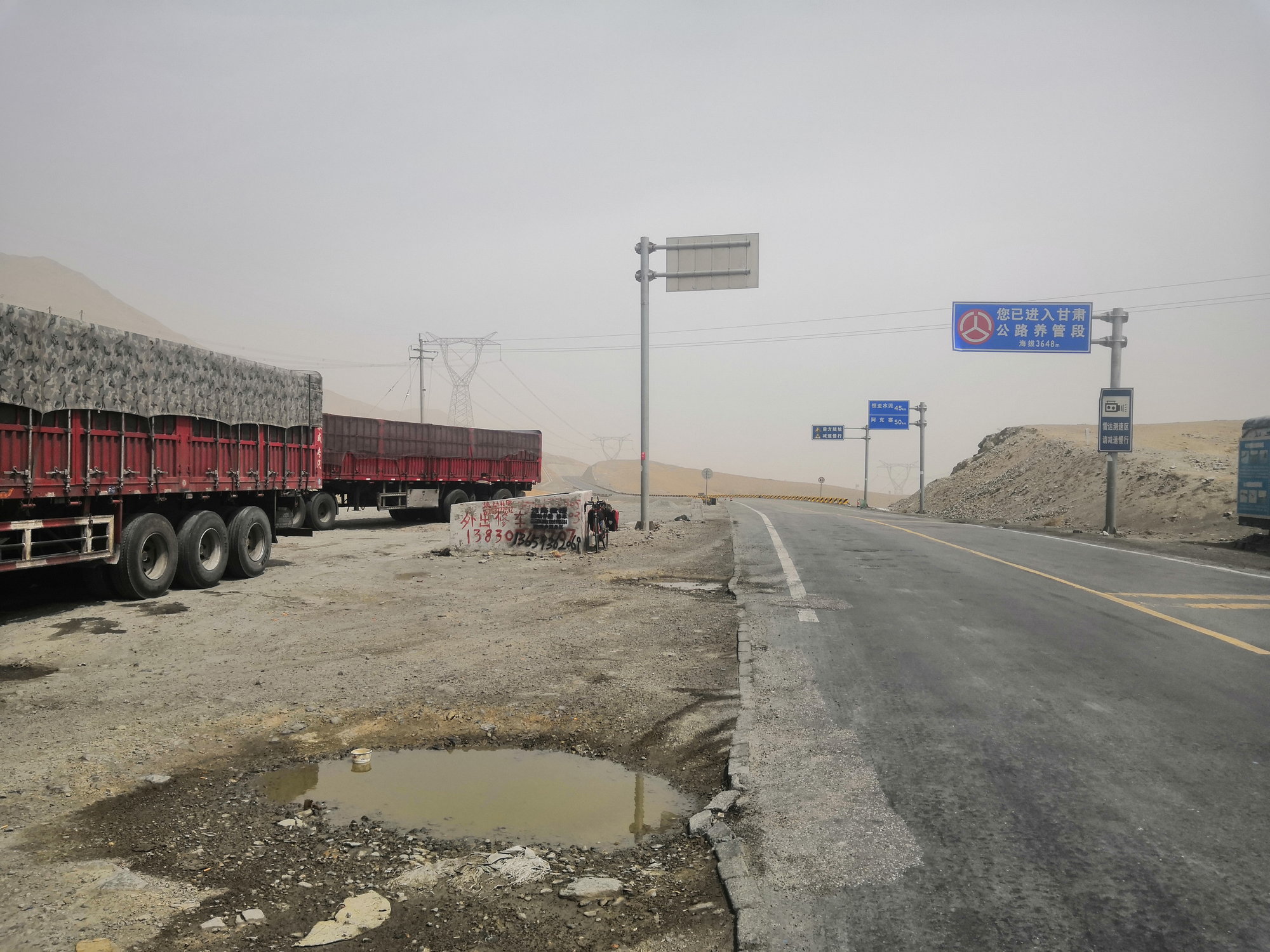Originally Posted by
cyccommute
A “heatsink” is just what it sounds like…a place to sink heat into. It can be a heat exchanger but not necessarily. Metal can “sink” (or absorb) a whole lot of heat because of the metal’s high melt point. Some heat will radiate away from the metal if the metal isn’t insulated but if you keep putting heat into the metal, it will just keep absorbing the heat to the point where it eventually melts. Granted that takes an enormous amount if heat but, for the purposes of this discussion, the more fiction your apply to the metal, the hotter it will get and the hotter it will stay…i.e. you “sink” more heat into the system.
“Getting off the brakes” or not dragging the brakes, if you like, doesn’t constantly “sink” heat into the rims like constant fiction does. The whole point of stopping in the middle of a downhill to let your brakes cool is to stop the friction on the metal so that it has a chance to radiate away. The same thing is accomplished by pulse braking without the bother of stopping. In fact, the heat exchange with the air (different from the heat sink) is more efficient when air is flowing over the rims which is what makes pulse braking more effective than constant braking with a stop to cool the rim.
Yes, that is the equation for friction. But there is more to the story than just the amount of friction. There is the rate at which the friction is applied and the rate at which it can be radiated away. You’ve already addressed that above with your comment about medium speed resulting in hotter the wheels will become. Part of that is because you can’t reach high speeds to take advantage of the greater air flow if you constantly use the brakes to keep your speed low. Attaining high speed is only possible if you use the brakes sparingly…i.e. with pulsed braking.
If your brakes will stay cool with constant braking, then why do people who practice that type of braking need to stop in the middle of a descent to let their brakes cool. A 3 to 5 mile downhill isn’t all that long. What you describe…braking hard for corners and letting the bike run without brakes in the straights…is the definition of “pulse braking”.
Your technique is correct but your understanding of the physics is wrong. You're getting confused by the braking at corners. You're not braking at the corners because you're concerned about heat. You're braking at the corners because if you don't you'll crash. Later when you're sitting in your armchair you mull it over and pretend you did it for heat control.
But have you ever ridden a descent with no corners at all? I have. Here it is on the map. And here is a photo of the top with an elevation sign. It's a desert pass over the Altyn-Tagh. The word "pass" is being used loosely here. It's actually one way slope up onto the Tibetan Plateau. 8000ft elevation change top to bottom. Most of it is dead straight on alluvial fans. Part of it is through some rocky hills but the road is engineered for high speed traffic so the curves are large radius and don't require cornering. You can get a tuck on this descent, never touch your brakes, and bomb 50+ mph the entire way down. But you won't do that because you don't have a death wish right? What if you hit something on the road and blow a tire at that speed? You're dead. But what braking technique do you use when there are no corners to force you to brake? Do you pulse, alternate, or light drag? The answer is it doesn't matter. Heat management is like dieting. If you eat 15 cheese burgers a day you're going to get obese. It doesn't matter what interval you stuff your face at. All that matters is total energy in energy out. If you dump more energy into your rims per minute than they can lose, you will overheat eventually. It doesn't matter what braking pattern you use. If you maintain a high average speed you'll lose more energy to air resistance and have to dump less energy into your rims. That's the only thing that matters.
Here's another thought experiment: is it better to alternate drag front and rear, or drag both continuously at half the hand pressure? The answer is, again, it doesn't matter. You're dumping the exact same amount of energy per minute into your two rims. When you get to the bottom of the descent and measure your rims, you'll find that the temperature is identical between the two techniques.
For the record I alternate drag between front and rear. It's not for heat management. It's for my hand muscles. I never do the fast-slow-fast-slow boink boink Slinky style. Riding like that is stupid and annoying, for both myself and anyone else riding with me. I sit up straight to catch the air and try to not use my brakes at all. If I have to use my brakes I heat manage with my ears. When your brakes start to overheat you'll hear the sound change. At that point I pull over and take a photo break. When you are on a big mountain descent the scenery is usually pretty good.
https://goo.gl/maps/mkfx8BYE18mbsGPG8
